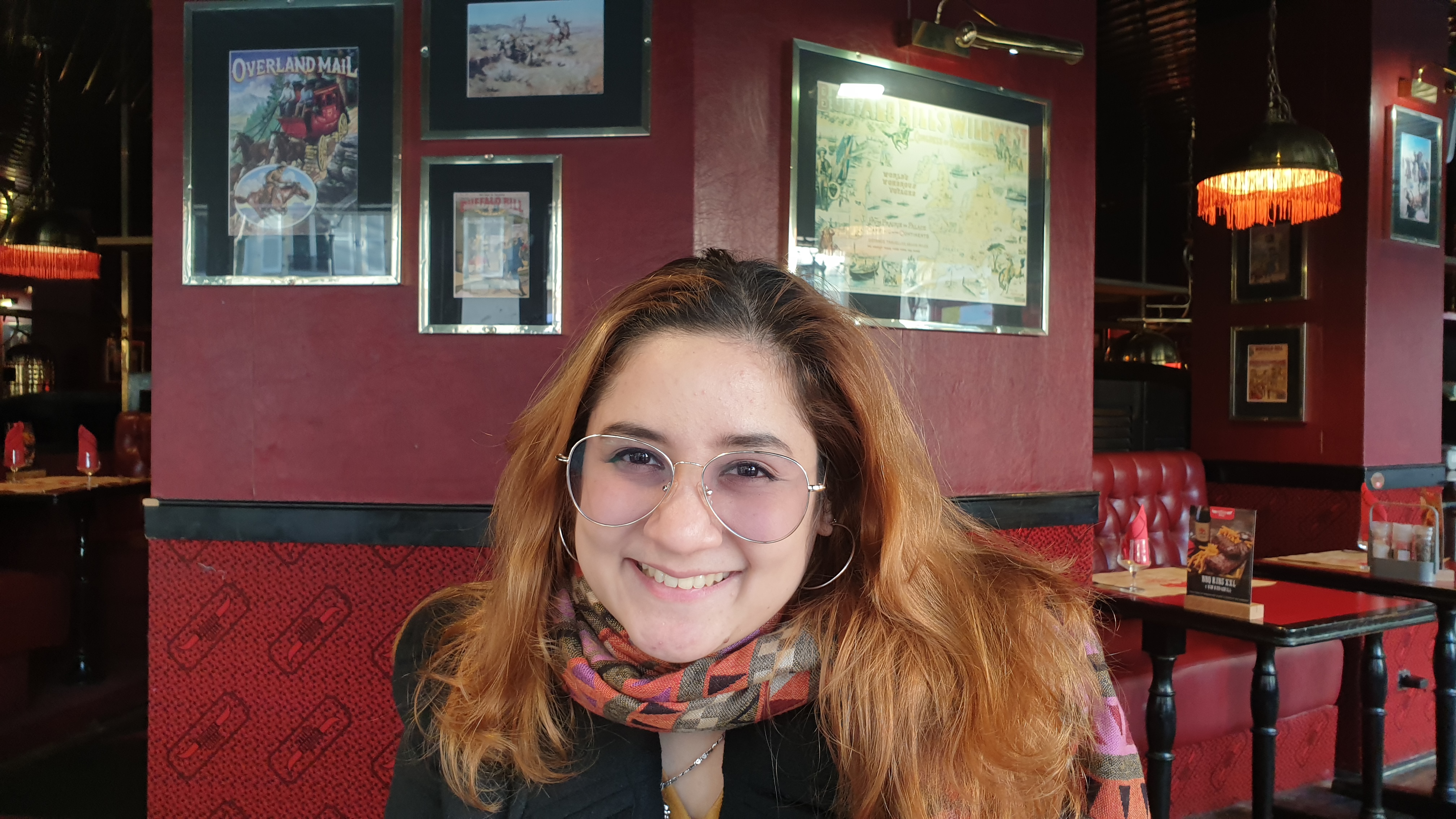Plantar Fasciitis: Causes, Symptoms and Treatment
- Jihan El Sokkary

- Jun 28, 2020
- 3 min read

Plantar Fasciitis is the most common cause of pain on the bottom of the heel. This occurs in individuals who do a great deal of standing or walking, it causes pain and tenderness on the sole of the foot. It affects both sedentary and athletic people and is thought to result from chronic overload either from lifestyle or exercise. It usually affects just one foot, but it can affect both feet.
Anatomy

Plantar Fascia is a triangular fascial band that protects the underlying nerves, blood vessels, and muscles of the foot. It connects the heel to the front of your foot, and is important to the integrity of all arches of the foot.
Cause & Risks
Your plantar fascia is in the shape of a bowstring, supporting the arch of your foot and absorbing shock when you walk.

As the load on the arch increases, the arch’s supports are stressed, and the muscles become the second line of stability. When a normal foot deals with an excessive load, the muscles supporting the foot arches are becomes active.
When there is too much tension and stress on this bowstring become too great, small tears can occur in the fascia.
Active men and women between the ages of 40 and 60 are at the highest risk for developing plantar fasciitis and so as long-distance runners.
Sudden increase in weight and obesity also increases the risk of having plantar fasciitis due to the increased pressure on your plantar fascia ligaments.
Active jobs that involves being on your feet often, such as working in a factory or being a restaurant server also has a great risk.
If you have structural foot problems, such as very high arches or very flat feet, you may develop plantar fasciitis. Tight calf muscles may also result in plantar fascia pain.
Wearing shoes with too soft soles and poor arch support, doing repeated stretching and tearing can irritate or inflame the fascia, although the cause remains unclear in many cases of plantar fasciitis.
Signs and Symptoms
Pain at the bottom of the heel or sometimes at the bottom mid-foot area.
Pain is usually worse in the morning when you take your first steps out of bed, or if you’ve been sitting or lying down for a while.
Difficulty in climbing stairs due to heel stiffness.
Pain is usually felt after stopping an activity not during the activity.
Treatment
Most people who have plantar fasciitis recover in 3- 6 months with conservative treatment, including resting, icing the painful area and stretching.
Physical Therapy
Our physical therapist will complete a thorough assessment to ensure that you have an accurate diagnosis. Once the diagnosis confirms that you are suitable for Physiotherapy, our team will help you make an appointment to commence treatment.
Treatment aims may include:
Reducing your pain levels
Restoring the range of movement at your foot and ankle
Identifying and addressing any biomechanical abnormalities
Improving flexibility of your lower limb
Improving your strength and ability to tolerate load
Reviewing and adapting your running or walking style
Advising and guiding your training regime
Helping you to return to the previously aggravating activity
Home Remedies and Exercises
Ice pack - Ice the area for 12- 15 mins or until you feel slight numbness on the area.
Plantar Fascia Release - Slowly roll a cold ball or bottle under your foot for 10 times for 2 sets daily.

Toe Stretches - Do it for 5 times, hold for 10-15 seconds per repetition.

Toe Curls - Pull the towel towards you with your toes, if its too light you may add some weight at the end of the towel. Do it for 10 times for 3-5 sets.

If you have been diagnosed with plantar fasciitis, our physiotherapist will work with you to ensure that your treatment is specific to your individual needs and your individual sport whether than be walking, running or gymnastics. DID THIS HELP?
Show your appreciation by liking our FB page: MOVEPHYSIO
Contact us at: +639056257071/ (02) 518-1612 / moveptph@gmail.com
References:
Brunnstrom's Clinical Kinesiology by P. Houglum & D. Bertoti 2012
Hicks JH. The mechanics of the foot. I. The joints. Journal of Anatomy 87(4):345–357, 1953.







